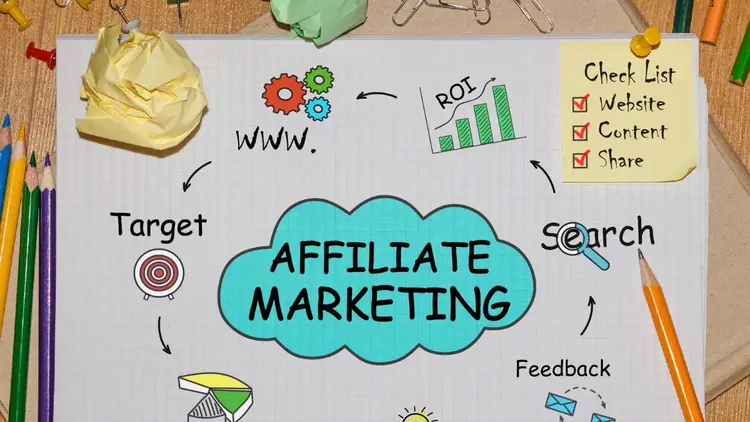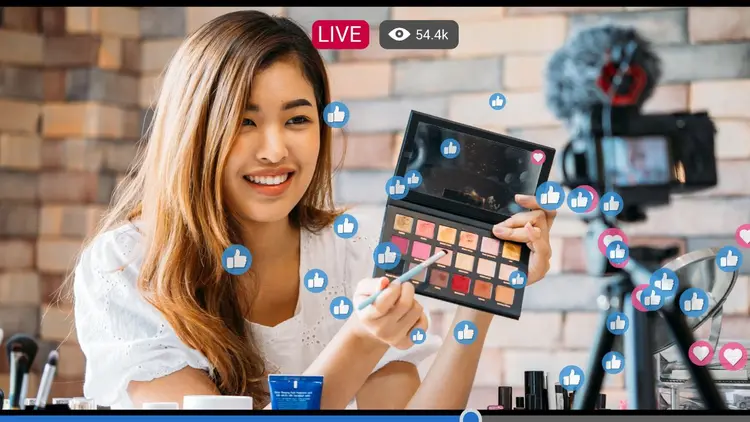

Welcome to the digital age where YouTube isn’t just a platform for watching cat videos (although, let’s be honest, that’s a significant perk); it’s a bustling marketplace for content creators looking to earn money through their creativity and hard work.
But here’s a question that pops up frequently in the minds of budding YouTubers and seasoned veterans alike: Can you monetize more than one YouTube channel? The short answer is a resounding yes, but there’s more to it than hitting the upload button. Let’s dive deep into the world of YouTube, multiple channels, and the treasure chest that is AdSense revenue.

First things first, let’s get the basics out of the way. Yes, you can absolutely monetize multiple YouTube channels under a single Google AdSense account. This means if you’re a Jack or Jill of all trades, passionate about different niches—say, cooking, tech reviews, and gardening—you don’t need to pick just one. Create multiple YouTube channels for each of your passions and watch as your digital empire grows.
Creating multiple YouTube channels is a breeze, especially if you already have one channel up and running. All these channels can be associated with a single Google account, making it easy to manage multiple YouTube channels without the hassle of switching accounts constantly. And when it comes to monetization, these channels can all feed into the same AdSense account, simplifying the process of collecting your hard-earned cash.
While the idea of having multiple streams of income from various channels is tantalizing, there’s a golden rule you must not forget: each channel needs to meet the YouTube Partner Program criteria on its own.
This means accumulating at least 1,000 subscribers and 4,000 watch hours over the past 12 months. No shortcuts here, folks. The journey to monetize multiple YouTube channels is one of perseverance and dedication.
The #1 to make money online with TikTok Search (FREE TRAINING)

Managing multiple YouTube channels might sound like a Herculean task, but with YouTube Studio, it’s more like a walk in the park. YouTube Studio allows you to switch between your channels effortlessly, ensuring that you can keep an eye on all your channels without breaking a sweat. Whether it’s new video uploads or checking the latest analytics, managing multiple channels has never been easier.
Starting a YouTube channel is an exciting journey into the world of video content creation. Whether you’re looking to share your knowledge, entertain an audience, or build a brand, YouTube offers a platform with the potential to reach millions.
Lets walk you through the steps of starting a YouTube channel, conducting keyword research for popular topics, understanding how Google AdSense accounts work, and navigating the path to monetization.
Starting and growing a YouTube channel takes time, effort, and strategy. By following these steps, conducting thorough keyword research, and effectively utilizing Google AdSense, you’re on your way to creating a successful YouTube channel—or even multiple channels—under one Google account. Remember, the key to success is creating content that resonates with your audience and continuously optimizing your approach based on performance data.

In the evolving landscape of digital marketing, affiliate marketing emerges as a robust strategy for content creators looking to monetize their online presence. YouTube, with its vast audience, provides an excellent platform for affiliate marketers. Particularly, those who venture into creating multiple channels have found a lucrative way to amplify their earnings.
Creating multiple channels on YouTube can seem like a daunting task, but it’s a strategy that can significantly increase your affiliate marketing potential. Whether you’re expanding from an existing channel or launching additional ones to explore different niches, the key is to maintain a cohesive brand identity across your main channel and any new channels. Each channel serves as a separate avenue to promote affiliate products, thereby diversifying your income streams.
When you click create for a new channel, consider how it complements your current channel and overall content strategy. For affiliate marketers, this means identifying niches that align with affiliate products you’re passionate about and that resonate with your target audience.
By tailoring content to specific niches across your channels, you can effectively reach a wider audience and maximize affiliate link clicks and conversions.
One of the advantages of operating multiple YouTube channels is the ability to link them all to a single AdSense account. This simplifies the process of receiving payments from your affiliate marketing efforts. By centralizing your revenue collection, you can easily track the financial success of each channel and adjust your strategies accordingly.
As an affiliate marketer, your goal is to generate sales through your affiliate links. On YouTube, this involves creating content that naturally incorporates these products or services. Whether it’s through product reviews, tutorials, or unboxing videos, your content should provide value to your viewers while encouraging them to explore the affiliate links in your video descriptions.
While affiliate links are a primary revenue source, YouTube offers additional monetization features like Super Chat, which can become a significant income stream during live streams. Encouraging your viewers to use Super Chat not only boosts engagement but also supplements your affiliate marketing income.
Managing multiple YouTube channels can be overwhelming, especially when balancing content creation with affiliate marketing responsibilities. Building a team to help manage your channels can alleviate this burden. Assign roles based on content creation, affiliate link management, analytics monitoring, and community engagement to ensure each channel thrives.

Affiliate marketing on multiple YouTube channels offers a scalable way to earn money by tapping into different audiences and niches. By creating content that genuinely interests and provides value to your viewers, strategically placing affiliate links, and utilizing YouTube’s monetization features, you can build a substantial income.
Remember, success in affiliate marketing on YouTube requires patience, persistence, and a keen understanding of your audience’s needs and preferences. With the right approach, managing multiple channels not only becomes feasible but also highly rewarding.
The #1 to make money online with TikTok Search (FREE TRAINING)

Why put all your eggs in one basket when you can spread them across several? Diversifying your content across multiple channels allows you to explore different niches and cater to various audience segments.
This not only increases your potential to earn money but also helps in building a strong brand identity. With a strong visual identity for each channel, from the channel name to the profile picture, you ensure that your subscribers know exactly what to expect.
Creating content for multiple channels means you’re always on your toes, exploring new ideas and pushing the boundaries of creativity. It’s an exciting adventure that keeps your content fresh and your audience engaged.
And let’s not forget the potential for increased advertising revenue from multiple sources. More channels mean more opportunities to attract viewers, subscribers, and ultimately, advertisers.

While managing multiple YouTube channels offers numerous benefits, it’s not without its challenges. Time management becomes crucial as you juggle creating content, editing, and promoting your channels. Moreover, maintaining a consistent quality across all channels can be daunting. However, with proper planning and a bit of creativity, these hurdles can be overcome, paving the way for a successful YouTube career.

So, can you monetize more than one YouTube channel? Absolutely! With careful planning, dedication, and a sprinkle of creativity, you can manage and monetize multiple YouTube channels, turning your diverse interests into multiple streams of income. Remember, the key to success on YouTube, whether with one channel or many, lies in creating engaging, high-quality content that resonates with your audience.
Ready to dive deeper into the world of YouTube? Check out these invaluable resources:
Embrace the journey of creating multiple YouTube channels, and let the world see the myriad of talents you have to offer. Who knows? Your next channel could be the beginning of something extraordinary.





